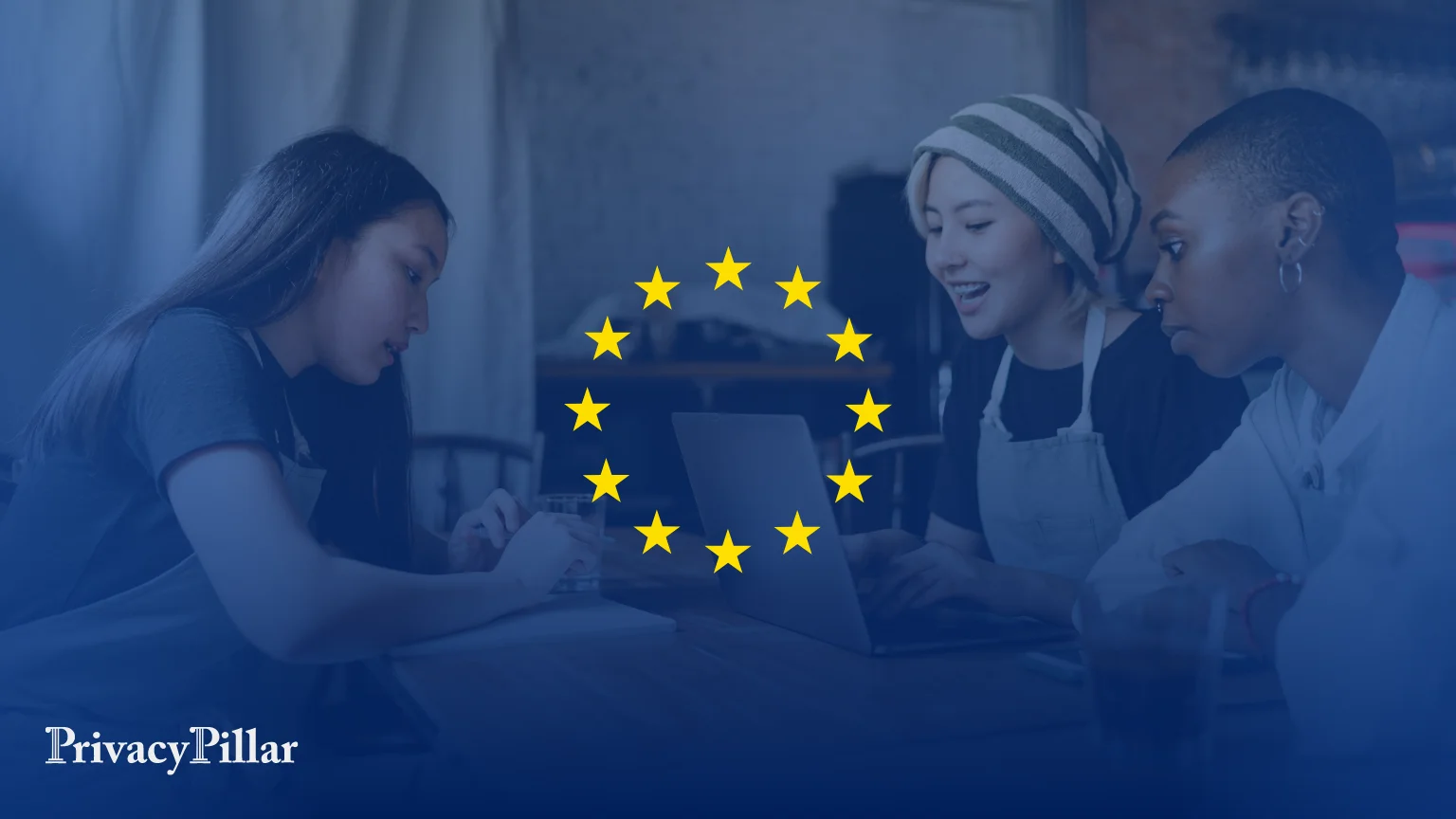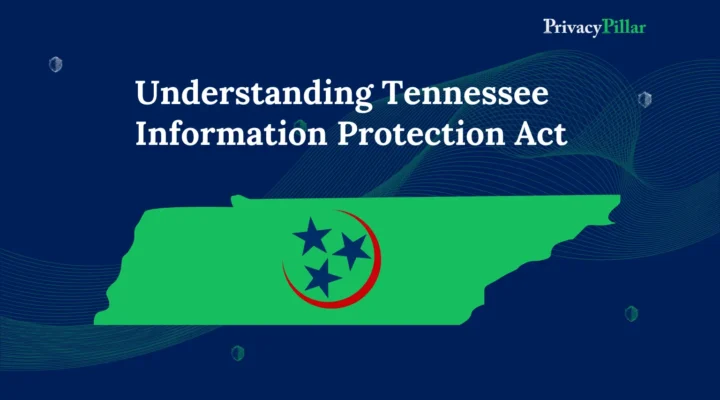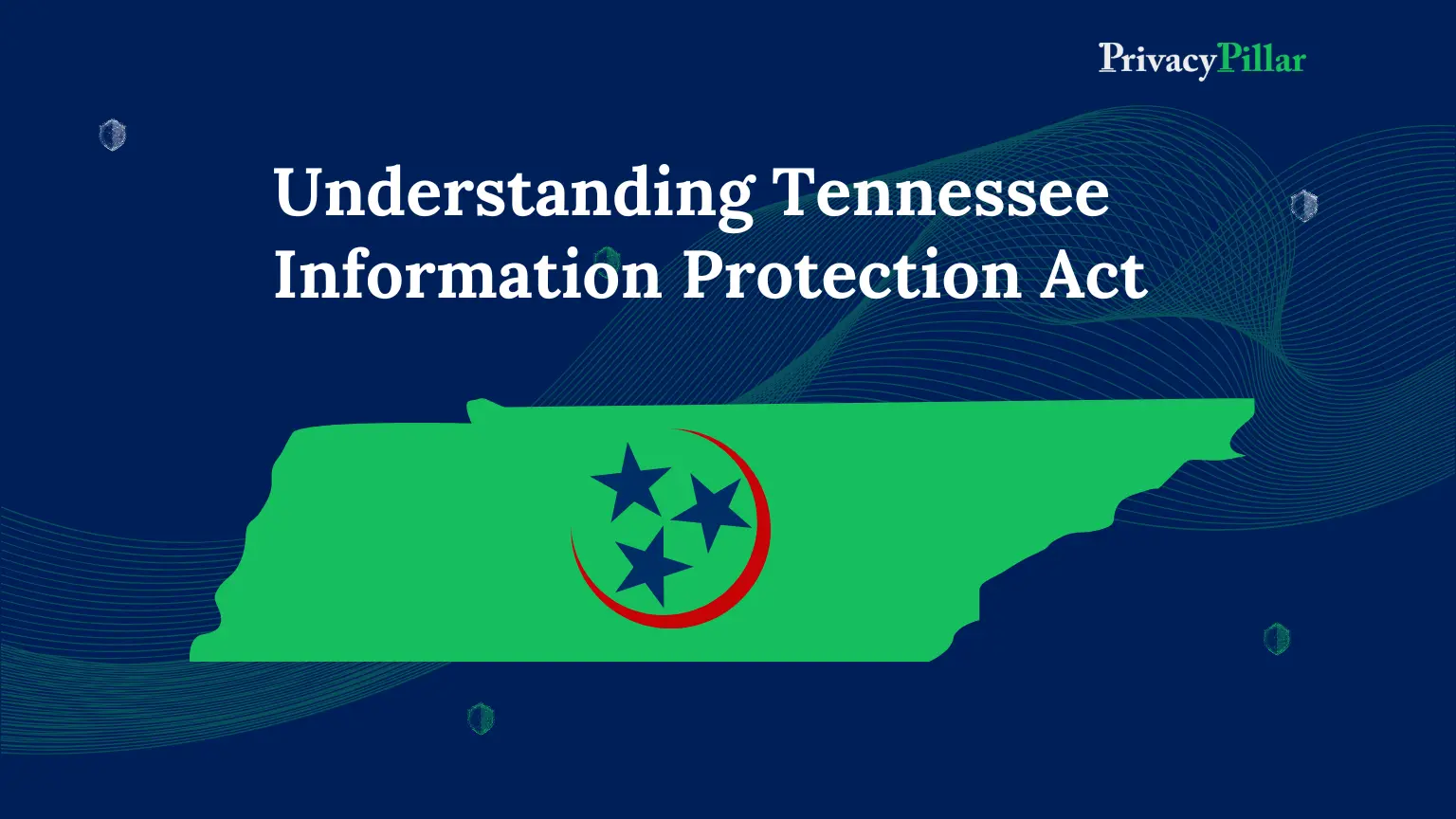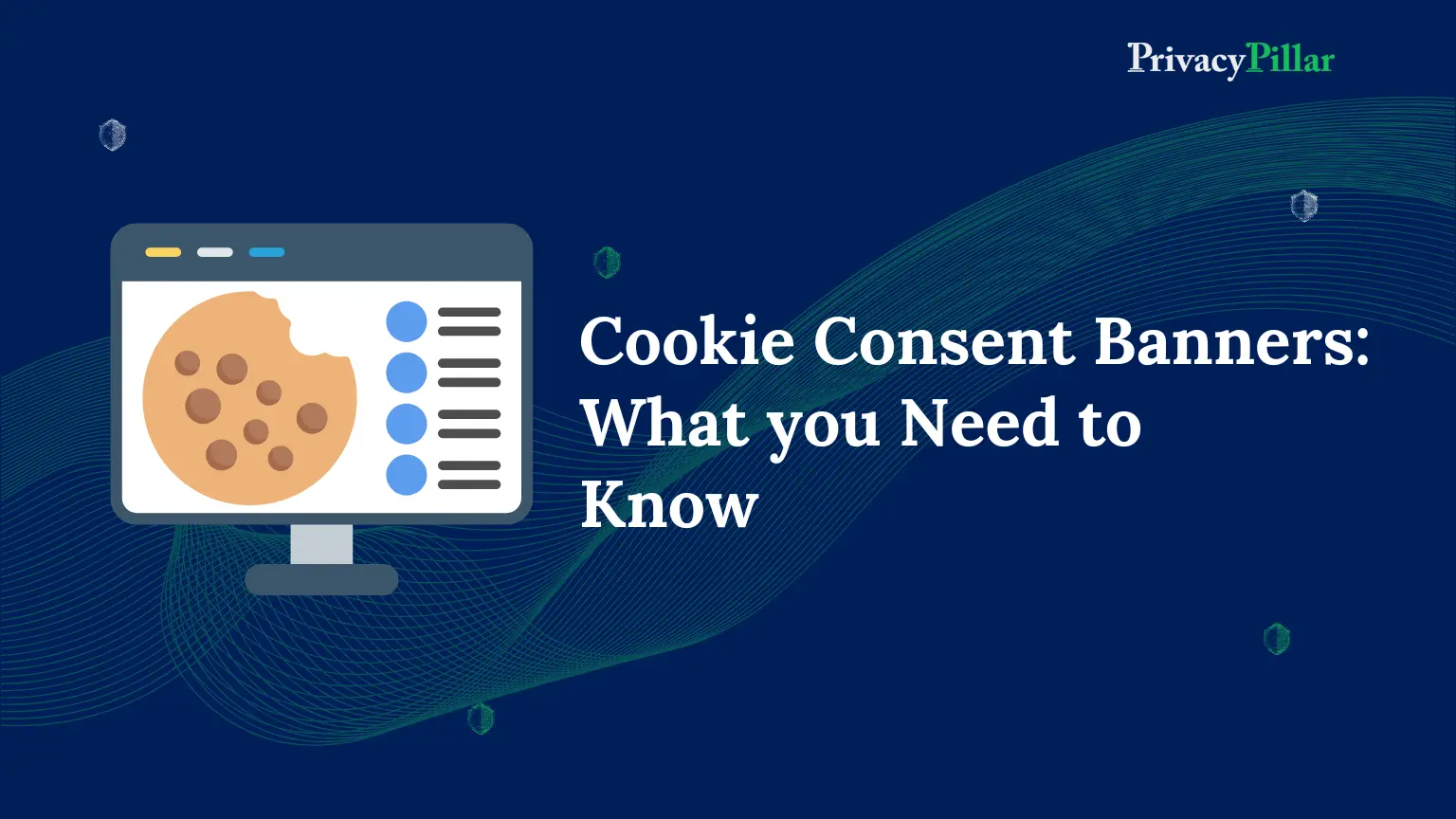
GDPR Best Practices for Small-Medium Businesses
At PrivacyPillar, we understand the importance of GDPR compliance and the significant impact it has on businesses operating in the digital landscape.
In this comprehensive guide, we will delve into the intricacies of GDPR regulations and GDPR best practices, outlining the best practices that will help your organization achieve and maintain compliance while safeguarding user data.
Let’s explore the key aspects of GDPR and the steps you need to take to protect your customers’ privacy.
Understanding GDPR: A Brief Overview
The General Data Protection Regulation (GDPR) is a comprehensive data protection framework introduced by the European Union (EU) to provide individuals with enhanced control over their personal data.
It sets strict guidelines and rules for organizations handling the personal data of EU citizens, regardless of the company’s location.
The Importance of GDPR Best Practice
GDPR compliance is not only a legal obligation but also a vital aspect of building trust and credibility with your customers.
By demonstrating your commitment to protecting their personal data, you can foster stronger relationships and differentiate your business from competitors.
Key Principles of GDPR
To effectively comply with GDPR regulations, businesses must understand and implement the following key principles:
Lawful Basis for Data Processing
Under GDPR, businesses must establish a lawful basis for processing personal data.
This may include obtaining explicit consent from individuals, fulfilling contractual obligations, complying with legal requirements, protecting vital interests, performing tasks in the public interest, or pursuing legitimate interests.
Transparent Data Processing
Transparency is a fundamental aspect of GDPR compliance. It is essential to inform individuals about how their data will be collected, used, stored, and shared.
This can be achieved through a comprehensive and easily accessible privacy policy that clearly outlines these details.
Individual Rights and Consent
GDPR grants individuals several rights, including the right to access their data, the right to rectify inaccuracies, the right to erasure (commonly known as the “right to be forgotten”), and the right to object to processing.
Obtaining explicit and freely given consent from individuals before collecting their data is crucial.
Data Minimization and Storage Limitation
To comply with GDPR, businesses should adopt a data minimization approach.
This means collecting and retaining only the necessary personal data for the intended purpose.
Additionally, data should not be stored for longer than required, and appropriate measures should be implemented to ensure secure data storage and disposal.
Data Security and Accountability
Organizations must implement robust security measures to protect personal data from unauthorized access, alteration, disclosure, or destruction.
This involves adopting encryption, pseudonymization, access controls, and regular security assessments. Furthermore, businesses should appoint a Data Protection Officer (DPO) to oversee compliance and act as a point of contact for data protection matters.
Data Breach Notification
In the event of a data breach that poses a risk to individuals’ rights and freedoms, businesses must promptly notify the relevant supervisory authority and affected individuals.
Maintaining detailed records of data breaches and regularly testing incident response plans are crucial components of effective GDPR compliance.
Steps to Achieve GDPR best practices
Achieving GDPR compliance requires a proactive approach and careful implementation of the following steps:
1. Conduct a Data Audit
Start by conducting a thorough data audit to identify the personal data your organization processes, where it is stored, who has access to it, and how it is used.
This will help you understand the scope of data handling activities and identify potential compliance gaps.
2. Update Privacy Policies and Notices
Review and update your privacy policies and notices to ensure they align with GDPR requirements.
Clearly communicate how you collect, process, and protect personal data, as well as individuals’ rights and how they can exercise them.
Make sure the information is easily accessible and written in clear, concise language.
3. Obtain Explicit Consent
Under GDPR, obtaining explicit and freely given consent from individuals is crucial. Review your consent mechanisms and ensure they meet the GDPR standards.
Consent requests should be separate from other terms and conditions, presented in an easily understandable manner, and allow individuals to provide specific consent for different processing activities.
4. Implement Data Protection Measures
To ensure the security and protection of personal data, implement appropriate technical and organizational measures.
This may include encryption, pseudonymization, access controls, regular data backups, and staff training on data protection practices.
Conducting periodic risk assessments and addressing vulnerabilities promptly is also essential.
5. Establish Data Subject Rights Procedures
Put in place procedures that enable individuals to exercise their rights under GDPR.
This includes providing channels for data access, rectification, erasure, restriction of processing, and data portability.
Establish a clear process for handling such requests, verifying the identity of the data subjects, and responding within the specified timeframes.
6. Train Your Staff
Raise awareness among your employees about GDPR compliance and their roles in protecting personal data.
Provide comprehensive training on data protection principles, secure data handling, incident response procedures, and the importance of privacy in the organization.
Regularly update your staff on emerging threats and best practices.
7. Conduct Vendor Due Diligence
If you share personal data with third-party vendors or processors, ensure they also comply with GDPR.
Conduct due diligence to assess their data protection practices, security measures, and contractual obligations.
Establish clear agreements that outline data protection responsibilities and monitor their compliance regularly.
8. Monitor and Audit Compliance
Regularly monitor and audit your GDPR compliance to identify any potential issues or gaps.
This includes conducting internal audits, performing security assessments, and reviewing data processing activities.
Keep thorough documentation of your compliance efforts, including policies, procedures, and records of consent.
9. Respond to Data Breaches Effectively
Prepare and test an incident response plan to address data breaches promptly and effectively.
This includes identifying a dedicated team responsible for managing data breaches, establishing communication channels with supervisory authorities, and notifying affected individuals within the required timeframe.
Learn from each incident and update your security measures accordingly.
Conclusion
Achieving GDPR compliance is not a one-time effort but an ongoing commitment to protecting personal data and respecting individuals’ privacy rights.
By understanding and implementing the key principles of GDPR, regularly reviewing and updating your policies and procedures, and staying vigilant about data protection, you can build trust with your customers and ensure compliance with the regulations.
At PrivacyPillar, we are dedicated to helping businesses navigate the complexities of GDPR compliance.
Contact us today to learn more about our comprehensive solutions and expert guidance in safeguarding personal data while achieving optimal compliance.



